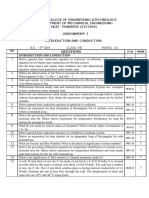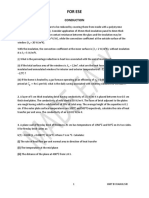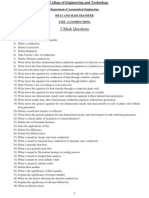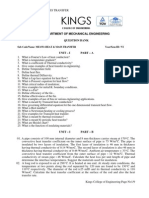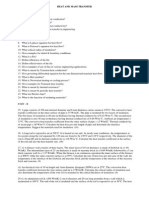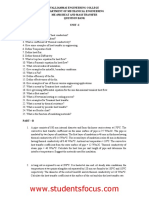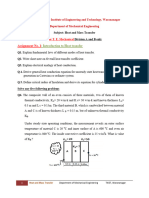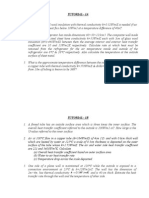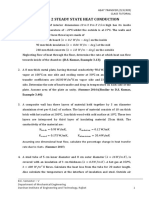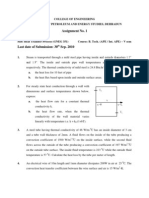0% found this document useful (0 votes)
26 views8 pagesTutorial Heat Transfer
The document contains a series of tutorials for a Heat Transfer course at L.D. College of Engineering, covering topics such as conduction, convection, radiation, and heat exchangers. Each tutorial includes definitions, derivations, equations, and practical problems related to heat transfer principles. The content is structured to facilitate understanding of various heat transfer mechanisms and their applications.
Uploaded by
satyamyadav4868Copyright
© © All Rights Reserved
We take content rights seriously. If you suspect this is your content, claim it here.
Available Formats
Download as PDF, TXT or read online on Scribd
0% found this document useful (0 votes)
26 views8 pagesTutorial Heat Transfer
The document contains a series of tutorials for a Heat Transfer course at L.D. College of Engineering, covering topics such as conduction, convection, radiation, and heat exchangers. Each tutorial includes definitions, derivations, equations, and practical problems related to heat transfer principles. The content is structured to facilitate understanding of various heat transfer mechanisms and their applications.
Uploaded by
satyamyadav4868Copyright
© © All Rights Reserved
We take content rights seriously. If you suspect this is your content, claim it here.
Available Formats
Download as PDF, TXT or read online on Scribd
/ 8

